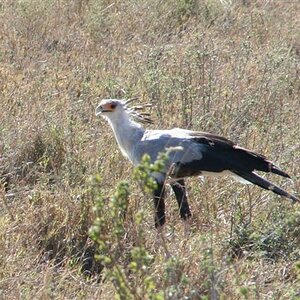jhphotoguy
TPF Noob!
- Joined
- Jun 27, 2011
- Messages
- 11
- Reaction score
- 1
- Location
- Toronto, Ontario, Canada
- Can others edit my Photos
- Photos OK to edit
Here's a selection of astrophotographs I have taken over the past year. I've been into the photography aspect of astronomy for 2 years now so I'm still somewhat of a beginner, but I have noticed a marked improvement from when i first started out to where I am now.
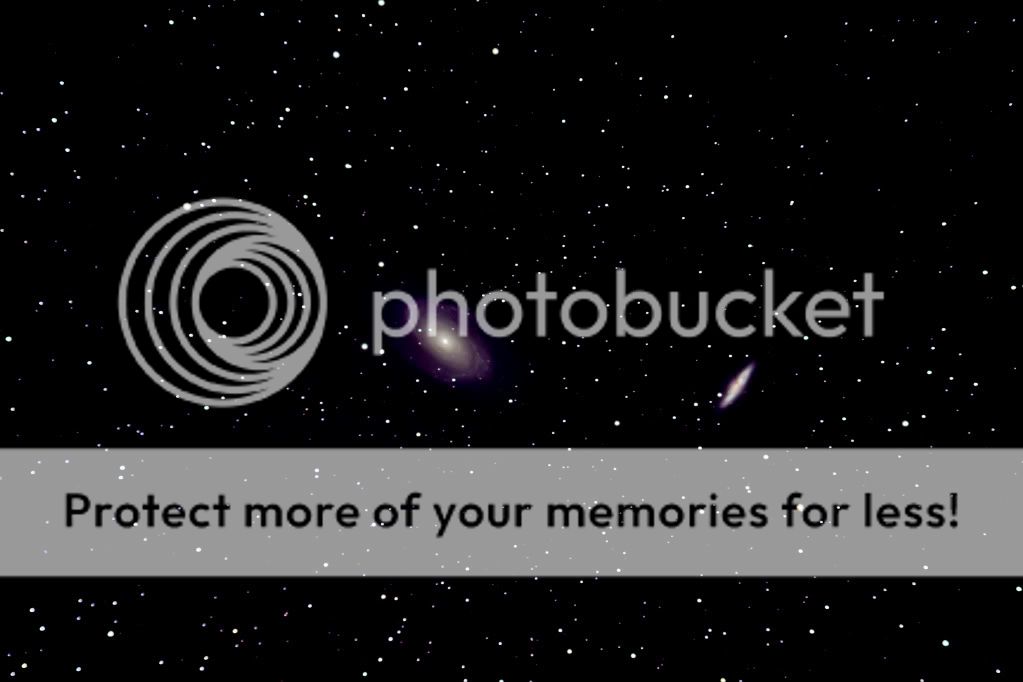
M81 & M82
ISO 1000, 48 mins
Edited in LR3 & CS3, stacked in DeepSkyStacker
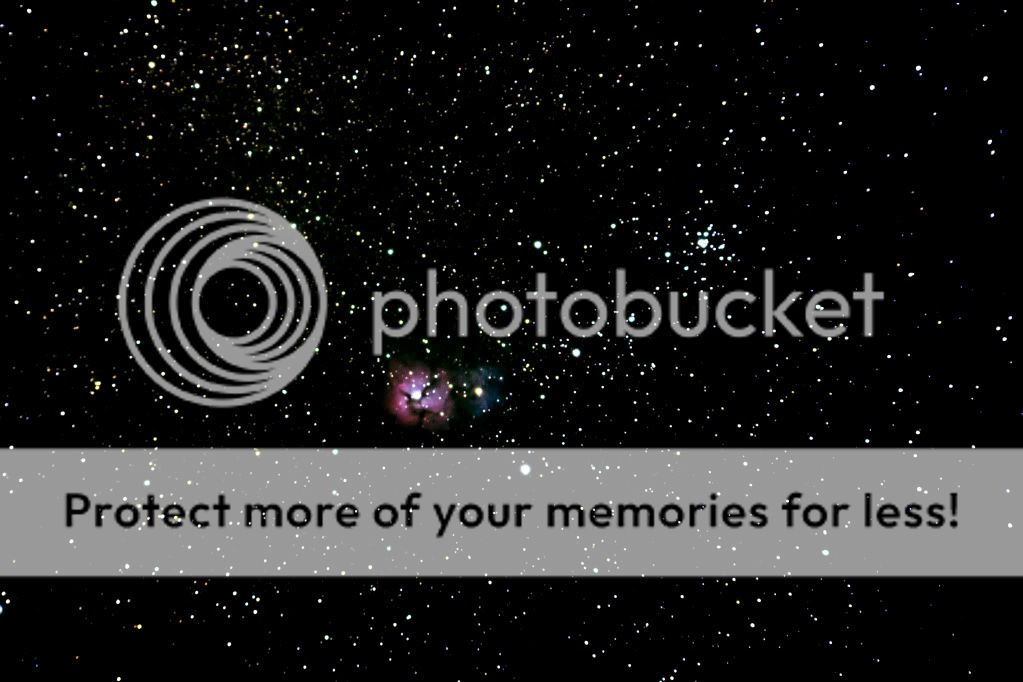
M20 - Trifid Nebula
ISO 1000, 22mins
Edited in LR3 & CS3, stacked in DeepSkyStacker
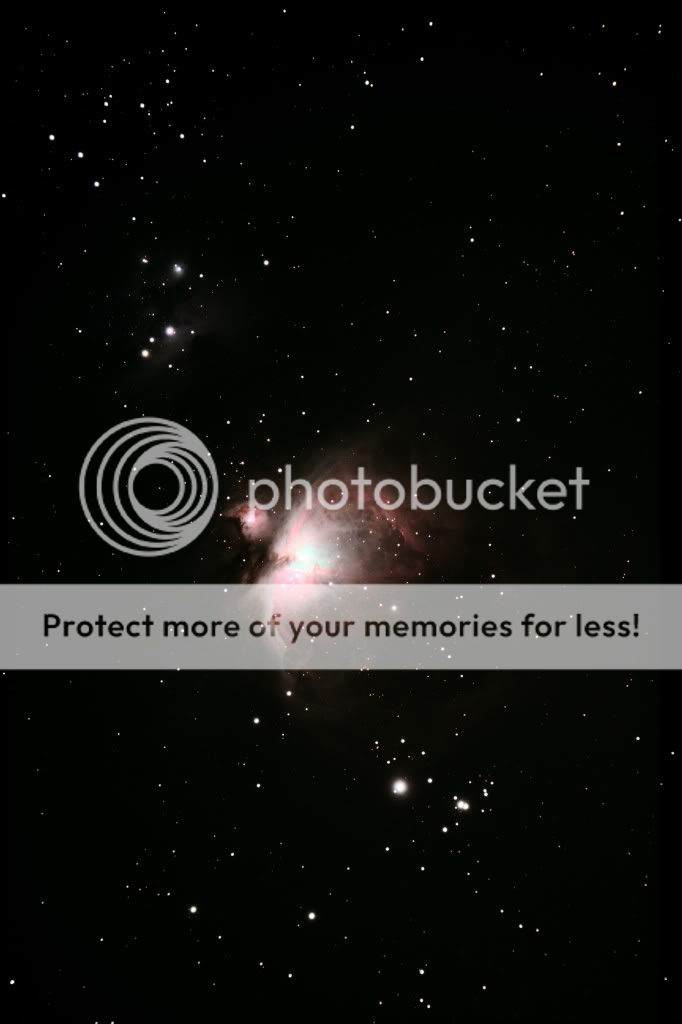
M42 - The Orion Nebula
ISO 1600, 32 mins
Stacked in DeepSkyStacker & edited in CS3
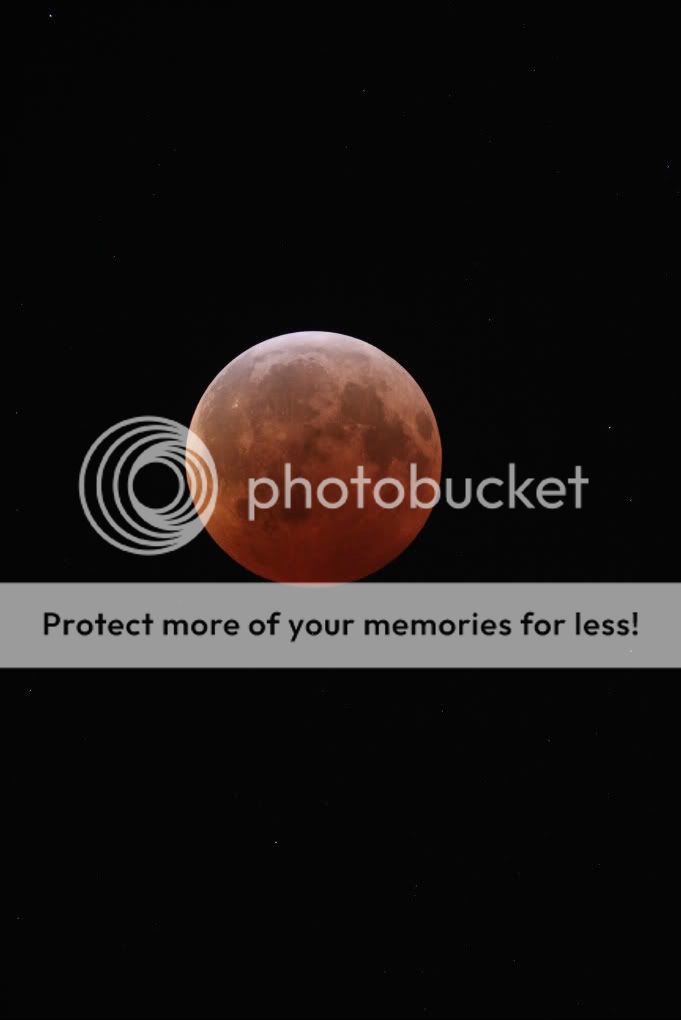
Lunar Eclipse - December 21, 2010
All photos were taken with a Canon 50D through a Vixen ED80sf telescope. Will add more as I go through my catalog of images.

M81 & M82
ISO 1000, 48 mins
Edited in LR3 & CS3, stacked in DeepSkyStacker

M20 - Trifid Nebula
ISO 1000, 22mins
Edited in LR3 & CS3, stacked in DeepSkyStacker

M42 - The Orion Nebula
ISO 1600, 32 mins
Stacked in DeepSkyStacker & edited in CS3

Lunar Eclipse - December 21, 2010
All photos were taken with a Canon 50D through a Vixen ED80sf telescope. Will add more as I go through my catalog of images.


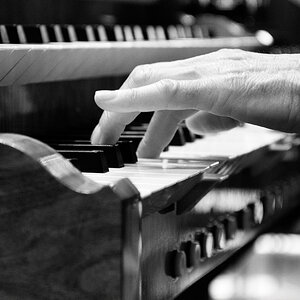
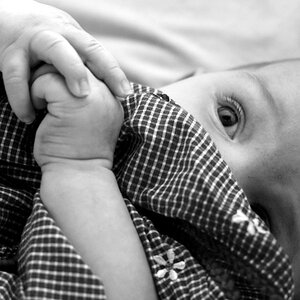
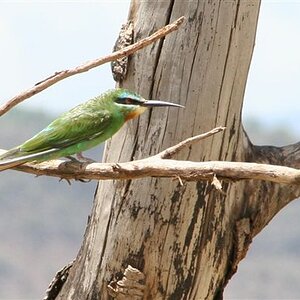
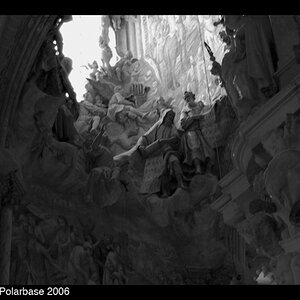
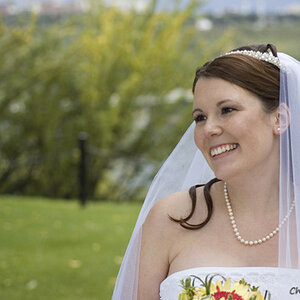
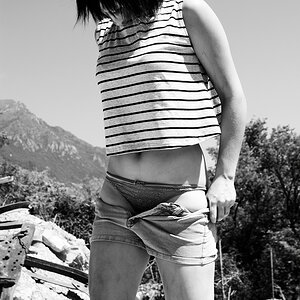
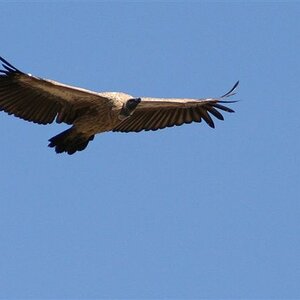

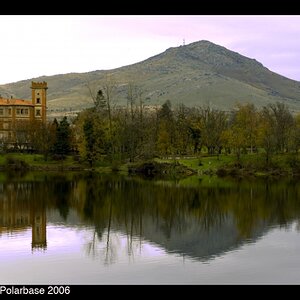
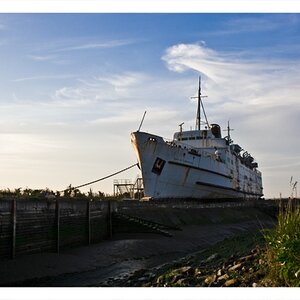
![[No title]](/data/xfmg/thumbnail/37/37605-90c8efaef5b7d1f52d4bf8e7dfd33673.jpg?1619738148)
